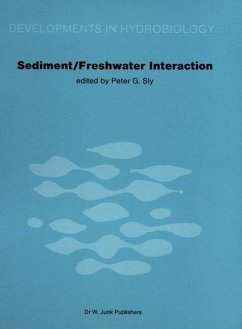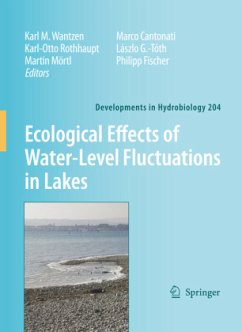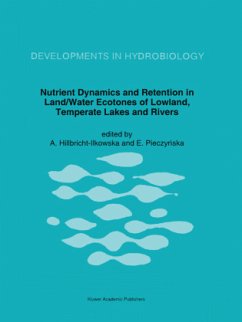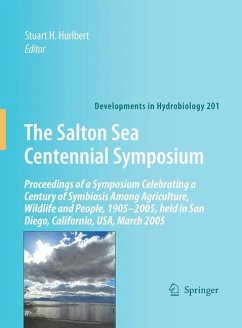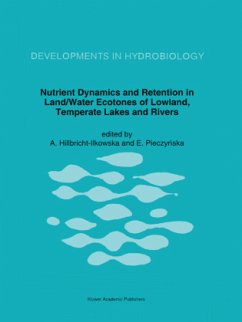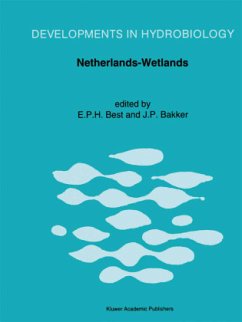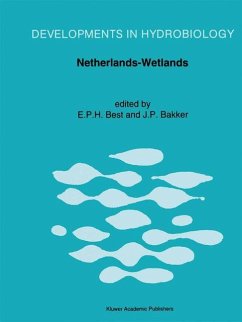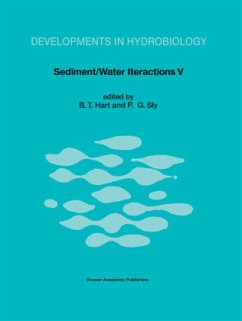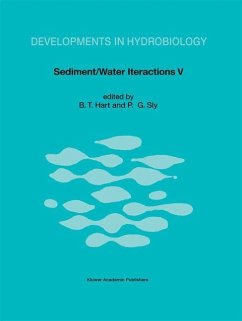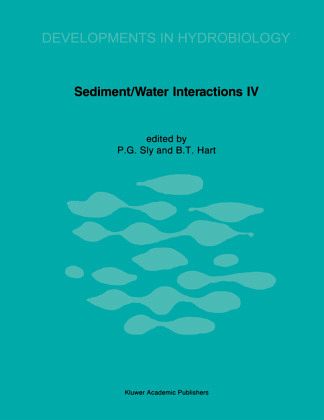
Sediment/Water Interactions
Proceedings of the Fourth International Symposium
Herausgegeben: Sly, P. G.; Hart, B. T.
Versandkostenfrei!
Versandfertig in 1-2 Wochen
231,99 €
inkl. MwSt.

PAYBACK Punkte
116 °P sammeln!
Introduction The Fourth Symposium on Sediment/Water Interactions was held in Melbourne, Australia, February 16-20th, 1987. The previous three symposia were held in Amsterdam, Kingston (Ontario), and Geneva, In keeping with the approach established in Geneva, contributions addressed sediment/water interactions related to both fresh and salt water conditions. More than 160 papers were given in Melbourne, including more than 20 poster presentations, and collected Abstracts are available from Dr. B. T. Hart. A total of 51 papers, subsequently, have been published as proceedings of the Melbourne Sy...
Introduction The Fourth Symposium on Sediment/Water Interactions was held in Melbourne, Australia, February 16-20th, 1987. The previous three symposia were held in Amsterdam, Kingston (Ontario), and Geneva, In keeping with the approach established in Geneva, contributions addressed sediment/water interactions related to both fresh and salt water conditions. More than 160 papers were given in Melbourne, including more than 20 poster presentations, and collected Abstracts are available from Dr. B. T. Hart. A total of 51 papers, subsequently, have been published as proceedings of the Melbourne Symposium; 45 of these appear in this issue of Hydrobiologia. A further six appeared earlier as a selection of papers in J. Environ. Geol. and Water Science (1988, issue # 1); these six papers appear in abstract form, only, in the present pUblication. Although concerned with the global environment, the International Association for Sediment Water Science attempts to ensure that there is a genuine opportunity for participants to focus on regional issues throughout the world and, in particular, to provide a local forum for their presentation. The Melbourne meeting was particularly successful in achieving this objective, and Australasia was well represented by about 36 percent of the contributors. About 27 percent were from Europe, 17 percent from North America, 7 percent from China and Japan, 7 percent from Southeast Asia and India, and about 6 percent came from other areas. In all, 25 countries were represented.



